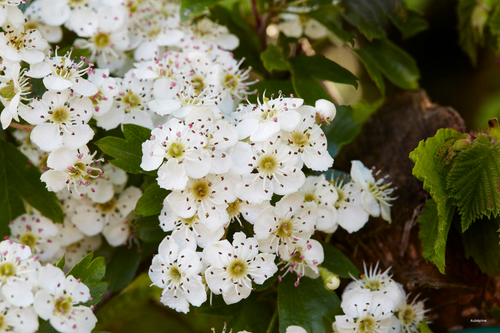History and habitat of the hawthorn
Also known as "Maywood," "Maythorn," or "Beltaine bush," hawthorn is one of the earliest ancient plants used for its therapeutic properties. Its fruits were originally used as food during prehistoric times, and its flowers served as symbolic objects to preserve chastity, ward off the evil eye, and protect babies.
It was only at the beginning of the 20th century that the therapeutic benefits of hawthorn , in particular its cardiotonic, sedative and antispasmodic properties, were recognized.
Hawthorn is found in Western Asia, North Africa, Central and Northern Europe, and grows in many parts of the world. In France, the plant is present in all environments, particularly in forest edges, open woodlands, and defensive hedges.




















